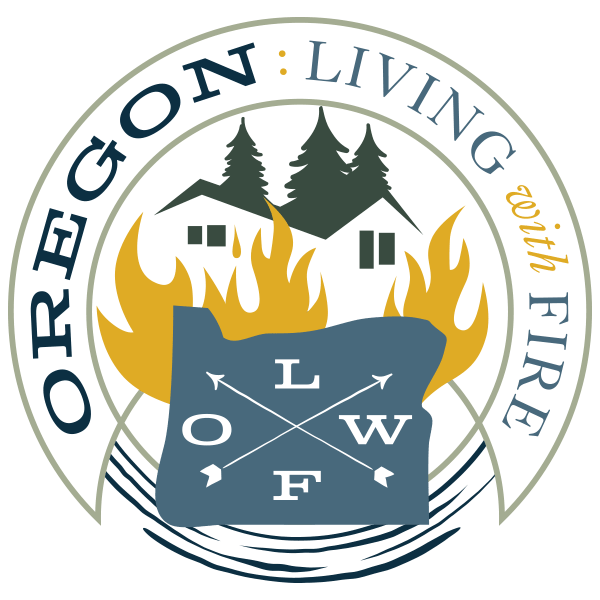faqs
Most frequent questions and answers.
How is Oregon: Living with Fire different than other local wildfire programs or initiatives?
There is already concrete cohesive behavior in place. It’s time to give the local actions a national definition. By creating Oregon: Living with Fire and a defined group, it is creating a host of opportunities for Fire Adapted Communities, resilient landscape treatments, and funding to improve fire response for local stakeholders. Oregon: Living with Fire provides a solid framework for making meaningful progress towards three goals – Resilient Landscapes, Fire Adapted Communities and a Safe & Effective Wildland Fire Response.
What is the method to achieve progress on local and national goals?
Collaboration…to manage vegetation and fuels; protect homes, communities, and other values at risk; manage human-caused ignitions; and safely, effectively, and efficiently responding to wildfire. Working together, we can do more to achieve our goals-to restore and maintain resilient landscapes across all jurisdictions; prepare communities so they can live with and withstand a wildfire without loss of life and property; and safely, efficiently, and effectively respond to wildfires when they happen.
What is the National Cohesive Wildland Fire Management Strategy, which Oregon: Living with Fire is designed after?
The National Cohesive Strategy is a collaborative process with active involvement of all levels of government and non-governmental organizations, as well as the public, to seek national, all-lands solutions to wildland fire management issues. The Strategy has been implemented in three phases, allowing stakeholders to develop a dynamic approach to planning for, responding to, and recovering from wildland fire incidents. This phased approach was designed to promote dialogue between national, regional, and local leadership.
The purpose is to provide a national framework to guide and support decision-makers. It provides policy options, risks, consequences of decisions, and how these decisions fit into the broader goals and objectives of the vision for the future of wildland fire management. The National Strategy builds on all three phases of planning and analysis conducted at multiple scales and involving a diverse set of stakeholders and the public.
Why is the National Cohesive Strategy important to us locally and as a nation?
Wildland fire burns across landscapes without regard for political jurisdictions, property lines or land management units. The effects of fire on wildlife, water, air quality, recreation, and communities extend far beyond the burn boundaries. Rural and urban economies depend on services generated by wildland ecosystems; most of those ecosystems depend on wildland fire of appropriate timing and intensity but can be damaged by fires that burn outside the range to which they are adapted. Whether it is implementation of a community wildfire protection plan or restoration of fire resilience to a watershed hundreds of thousands of acres in size – it requires collaboration among stakeholders with different authorities and resources.
Is there an option for no fire or no smoke in Central Oregon?
The short answer is no. Each of the different landscapes, mixed conifer, pine, juniper, and grasslands, have a need for fire to maintain their health. Fire is a necessary disturbance that historically visited these landscapes at different time intervals and intensities. Our future will have fire and the smoke it produces.
What can I do as a resident of Central Oregon to help us live better with fire?
The first item residents can do is prepare themselves, their home and neighborhood for wildfire. Each goal can be addressed at an organizational level however without local support for forest management actions and effective, prioritized wildland fire response, Central Oregon will not be able to live with fire.
